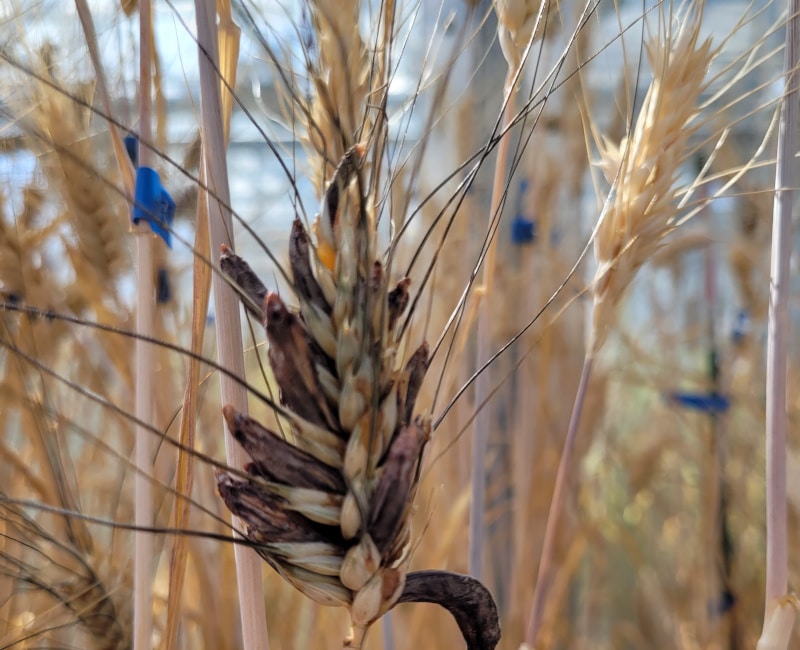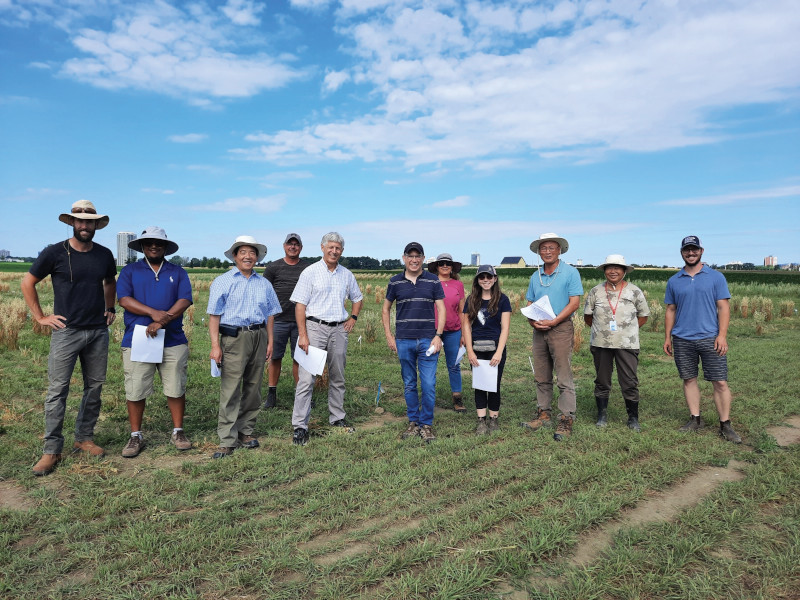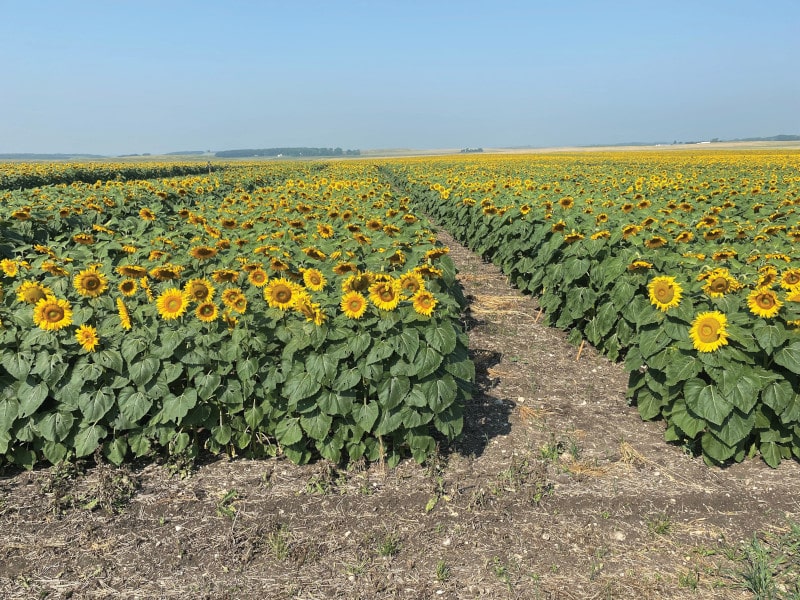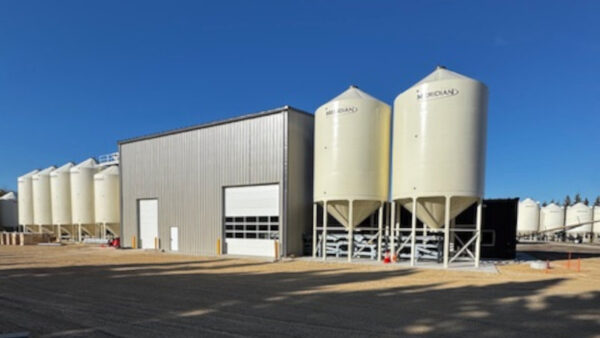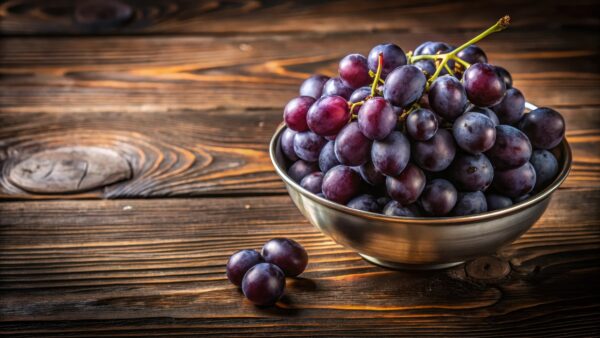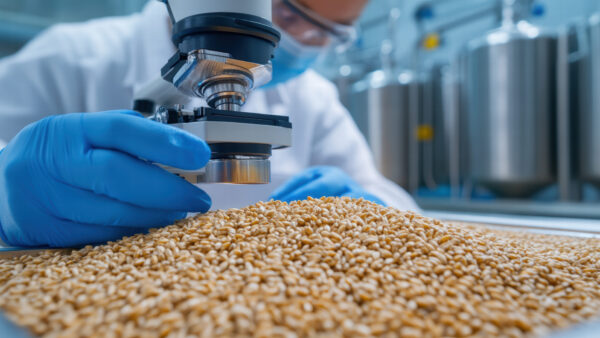
Editor’s Note: This article is part of a series on major contributions to plant breeding and science in Canada’s public sector including innovations in: Canola, Barley, Oat, and Triticale, Wheat, Sunflower, Pulses, Oilseeds, Horticultural Crops, and comments from our editorial board.
The First Ergot-Resistant Durum
AAFC Swift Current/AAFC Morden/AAFC Lethbridge
In a Canadian first, ergot resistance has been incorporated into a durum line, called DT2033. It has a stack of high-value traits including intermediate resistance to fusarium head blight (FHB), another toxic disease. Developing DT2033 involved the integration of state-of-the-art molecular techniques, including genomic sequencing, gene expression analysis, and high-resolution genetic mapping.
These approaches helped create high-throughput molecular tools, enabling the precise selection of ergot-resistant genes during the breeding process.
“We believe DT2033 will become the next durum wheat variety grown on Canadian farms,” researcher Yuefeng Ruan of AAFC Swift Current says.
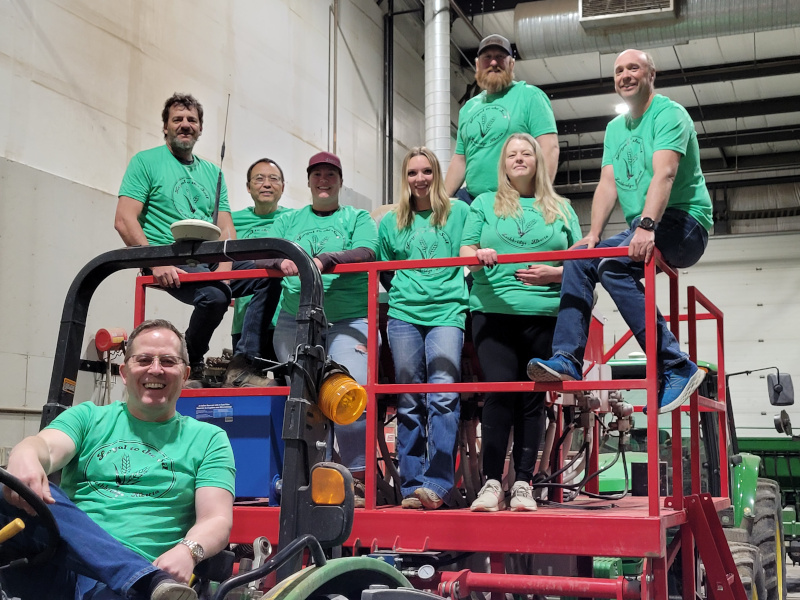
Advancing Wheat Agronomy
AAFC Lethbridge
Brian Beres leads the agronomy program at AAFC Lethbridge, which is internationally recognized for its innovative contributions to enhancing Genotype x Environment x Management (GxExM) systems. The program’s success lies in creatively integrating individual technologies such as genetic improvements, new pesticides, and seeding technologies into robust agronomic systems tailored to thrive in the unpredictable conditions of Prairie farmlands.
The program’s achievements in wheat show the value of comprehensive, perceptive science, as demonstrated by two notable examples:
-Introducing an ultra-early spring wheat seeding system using prescriptive soil temperature triggers, effectively shifting the critical growth period of wheat.
-Developing improved genetics and management systems to mitigate wheat stem sawfly damage, including the implementation of an Artificial Neural Network Model to predict sawfly cutting in solid-stemmed wheat cultivars.
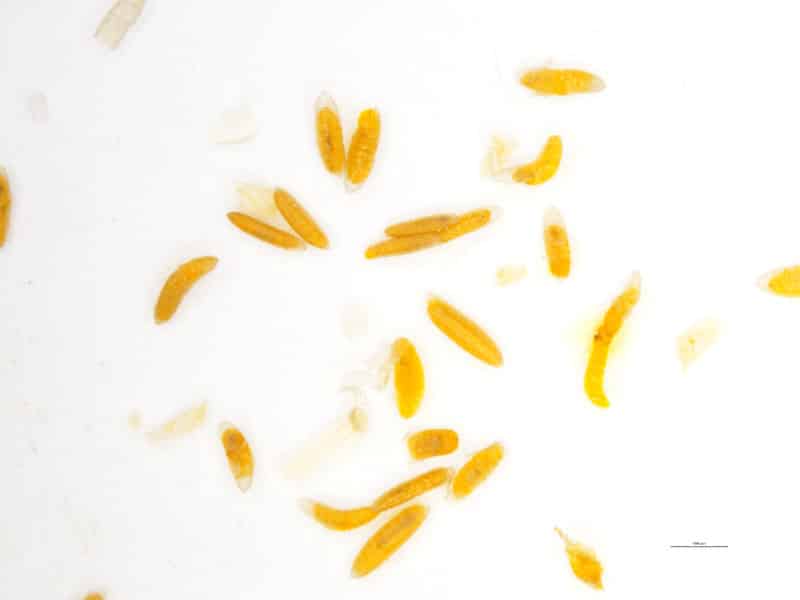
Making Wheat Smell Bad (to Midge)
AAFC Saskatoon
The Sm1 gene, conferring resistance to wheat midge, has been pivotal in saving farmers substantial losses in yield and quality. Tyler Wist, an entomologist, aims to replicate this success by uncovering new traits and genes that protect wheat from destructive pests like wheat midge. His team has identified a novel QTL region enhancing the efficacy of the Sm1 gene, along with other genetic regions altering wheat’s scent to make it less appealing to wheat midge.
They’ve also explored mechanical traits in wheat that deter female wheat midge from laying eggs. These genetic breakthroughs hold promise for developing wheat varieties with heightened resistance to pests, ensuring the stability and productivity of wheat farming both in Canada and globally.
Breeding Durum Faster
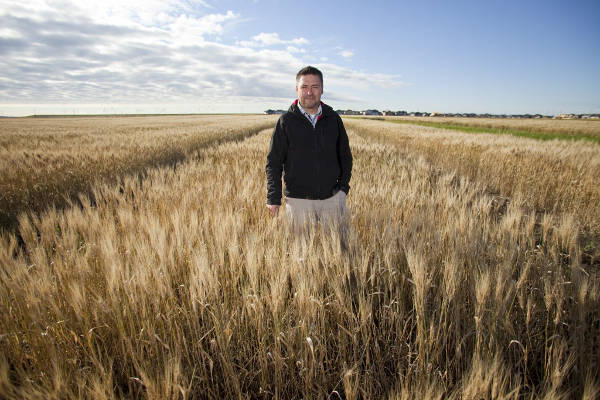
Crop Development Centre
The University of Saskatchewan Crop Development Centre (CDC) is at the forefront of innovation in wheat breeding. CDC director and wheat breeder Curtis Pozniak is renowned for his groundbreaking research in plant breeding and genetics, particularly in the realm of durum. Leveraging state-of-the-art genomic tools, he accelerates the breeding of durum wheat varieties that exhibit heightened productivity and resilience to climate change. His work has yielded over 20 varieties with enhanced disease resistance, reducing reliance on chemical pesticides and fostering sustainable farming practices.

Editor’s Note: This article is part of a series on major contributions to plant breeding and science in Canada’s public sector including innovations in: Canola, Barley, Oat, and Triticale, Wheat, Sunflower, Pulses, Oilseeds, Horticultural Crops, and comments from our editorial board. Use the buttons below to explore these exciting new innovations or read from the start.


